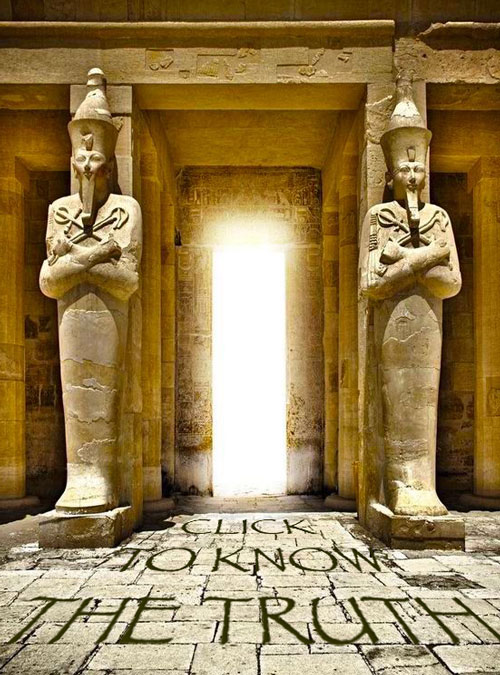The third eye
The brain can be reimagined as a vagina:

Anatomically, the pituitary is an evagination of the reservoir of spinal fluid that we call the third ventricle. In this respect it is very like the uterus in being a hollow cavity. The pituitary gland’s significance has been suppressed over the ages and was long discarded as a vestigial organ. The Greeks imagined it ruled thought, while Rene Descartes held it as the seat of the soul. No surprises then, that the pituitary was—and remains—something of an enigma.
The pituitary gland rules the pineal. In a display of its power, we’ve all witnessed groups of animals working as one. For example, when geese fly together they do so in unison, communicating telepathically as they soar. Starlings also offer a powerful illustration of this one-mind concept. This is also a function of the pineal, which allows them to be in instant telepathy with one another. There’s no individuality of thought, rather all are working as a collective whole for the welfare of the group:
Developing the third eye is the doorway to all things psychic—telepathy, clairvoyance and lucid dreaming. It’s the quiet space within where we can touch God. The illusion of separation dissolves when we learn to master the far-reaching tools of the pineal gland. Because it’s inside the brain but outside the mind, a paradox is formed, creating a loophole to escape the contradiction of this reality. The Egyptians taught that when we can contain this paradox, freedom is achieved.

Thankfully most ritual art still carries the potent teachings which cannot be so easily extinguished. Consider the Eye of Horus—a literal depiction of the thalamus. The Egyptians, Mayans, Kahunas and others are still showing us the traditional ways to work with our third eye if we can decipher the ancient cues.
When you cut the pineal gland open, pinealocytes line the interior. These cells resemble the rods and cones in the retina of our eyes. The pineal even has retinal tissue and the same physical wiring to the brain’s visual cortex. You may think of the spiritual world as being completely beyond and outside of the body, but in fact spirituality is a built-in feature of the human brain. Just as we have ears to help us hear sound waves and eyes to help us see shapes and colours, we have a bodily organ to help us attune to the spiritual world—the pineal gland.

Above: the pituitary influences the pineal
If you try pineal gland meditation, you might literally see light flashes before your eyes that can’t be explained by outside phenomenon. The more important kind of radiance that you will experience, however, is the glow that everyone else will see as you project your inner light onto the world. Within yourself you will feel oneness with the universe and will sense the expansiveness of your own being, and everyone around you will benefit from gratitude, joy and unconditional love that you express in this state.
If we use our pineal gland well, then we can connect to the divine realm more effectively. As we are disconnected from the divine nature of our own and the universe it is no surprise that we feel lonely and unfulfilled in our lives, and that the world seems forever lost in its conflicts. It is just a matter of devoting ourselves to opening our hearts, minds and spirits a bit more every day.
